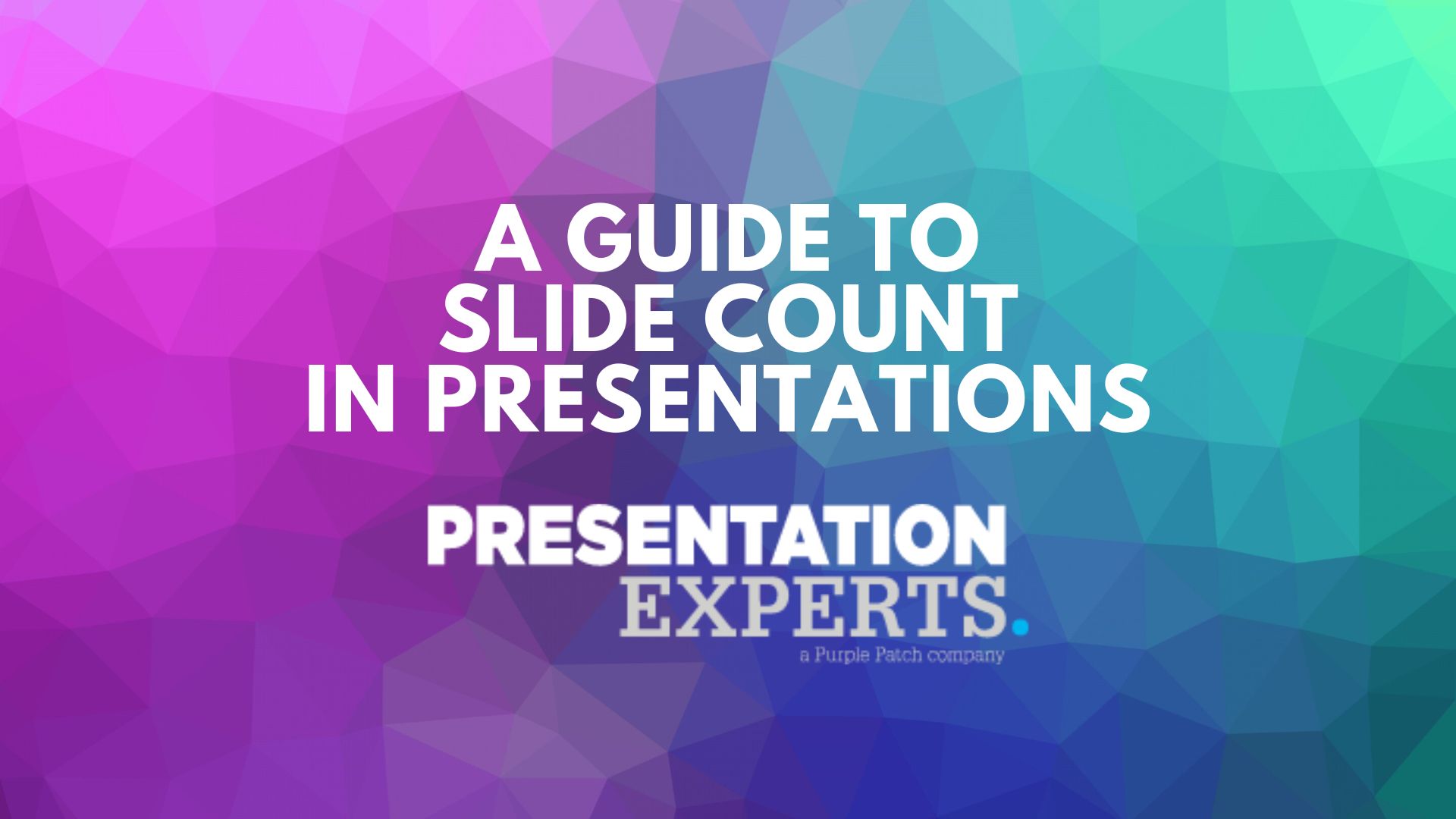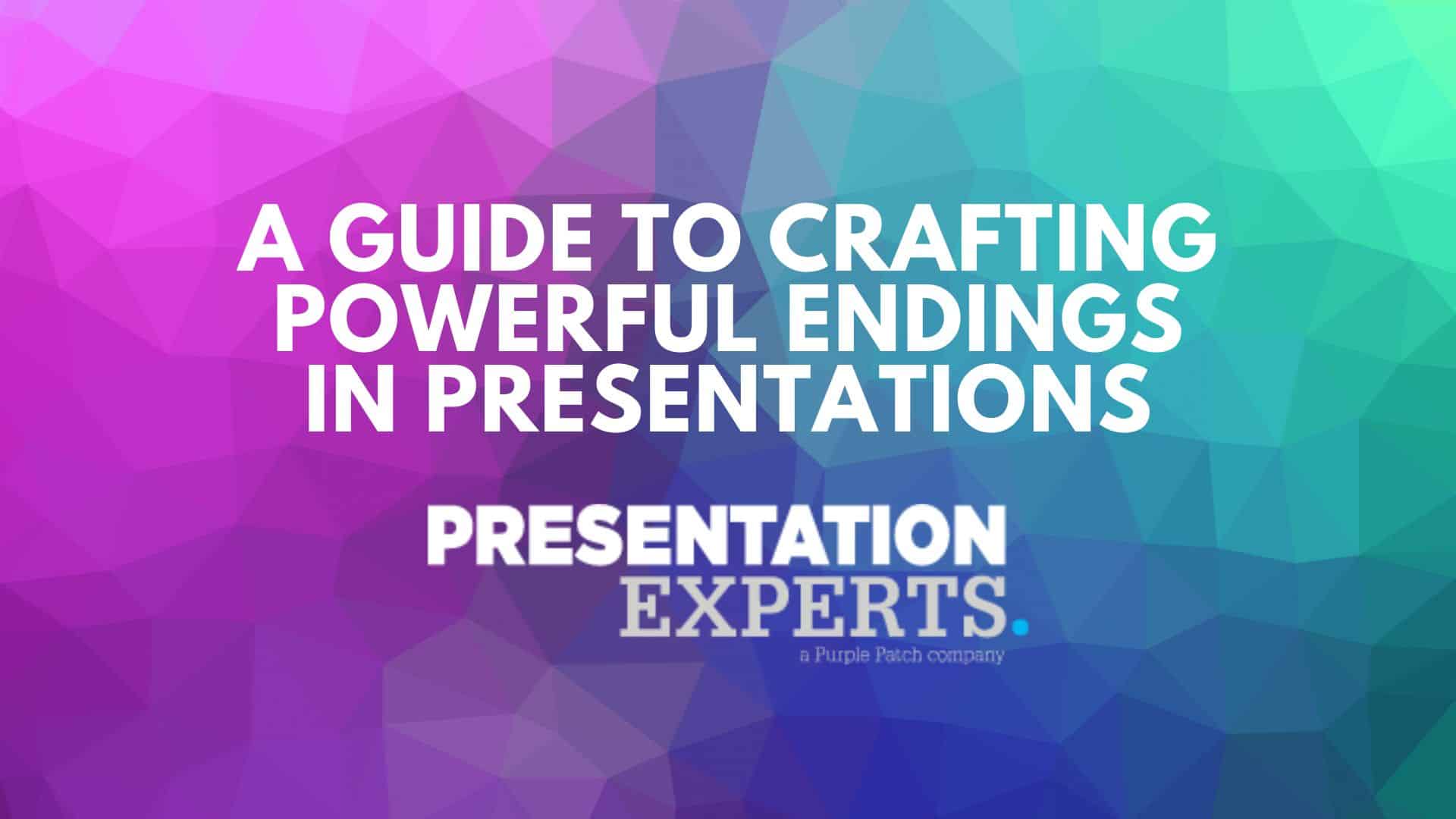

Anyone familiar with the art of delivering presentations already knows that structuring your ideas in the presentation slides, your passion for your subject matter, your body language while presenting, among other things like presentation training, matter a lot. However, it’s just as important to choose the right outfit for your presentation.
As soon as you start presenting, your audience is unconsciously looking for tiny hints about whether you are worth their undivided attention or not – and more often than not, they pick these clues from your appearance. This is why it’s important that you wear clothes that make a solid first impression on your audience or, at least, doesn’t let them undermine you for the rest of the presentation.
Having said this, it may seem trivial to go through your wardrobe trying to figure out what to wear for a presentation. To help our readers, our presentation experts came up with a bunch of useful tips to guide you in the right direction and avoid potential mistakes. Interested? Keep reading!
Top 5 Tips on What to Wear for a Presentation
Tip #1. Dress Appropriately for the Audience
Unfortunately, dressing for a presentation isn’t as easy as throwing on a business suit and tie, even if you are a lawyer that wears it for work, on a daily basis.
Having said this, a bright solid outfit is far less likely to clash with your audience or colleagues. On the other hand, if you work at a startup that supports a casual environment, you can wear denim, but make sure you still keep the professional tone by getting something with a dark wash and complement it with a nice blazer.
Tip #2. Keep the Venue in Mind
It goes without saying, but your outfit should complement the space. It’s always a nice idea to get an idea of the colour scheme of the venue you are presenting at, beforehand, and then pick your outfit accordingly.
Tip #3. Find an Outfit that Suits the Branding of Your Organisation
If you are delivering a presentation on behalf of your company, your outfit should reflect the branding and values of your organisation. For example, it may seem inappropriate to dress up in jeans and a t-shirt, in case you are representing a law firm.
Tip #4. Stay in Your Comfort Zone
By all means, you should dress up for the presentation. However, you should also try to stay in your comfort zone. Pick something you will find comfortable to wear. Most of us already have a go-to outfit or dress like this sitting in our closet. If it suits the venue, audience, and the event, you should go for it, since it will make you look confident in front of the audience.
Tip #5. Keep it Simple
It’s best to dress simply, unless you have requirements that state otherwise. Avoid accessories or colour patterns that might distract the audience. Sticking to dark colors, simple shapes, and smooth lines work the best in most cases. Keep in mind that the key takeaway for your audience should be the ideas you present to them and not remembering what you wore during the presentation.
Bonus Tips
- Avoid Brand New Clothes
It’s always best to test your outfit, before actually wearing it on stage.
- Don’t Go for an Outfit That Doesn’t Suit Your Personality
Going for the “cool factor” isn’t always a great idea, if it doesn’t make you feel comfortable in front of your audience.
- Consult with the Event Organisers
Check with the organisers in advance, to understand what kind of outfits would be more appropriate for the occasion.
- Keep Several Options to Choose From
Keeping flexibility in mind, pick more than one outfit to wear on the D-day, just in case you would want to change things up a bit, at short notice.
Final Thoughts
When it comes to delivering presentations, all the little things matter. Some extra consideration and investment into choosing the right outfit can go a long way towards influencing your audience and improving the results you get. Having said this, you should still focus on other things that matter the most, from presentation design and content to your body language and delivery.
If you need more help getting everything right for your next presentation, get in touch with our presentation experts today! Our advice and support will ensure that you are well armed to make the most of any future presentations you are preparing for.
















